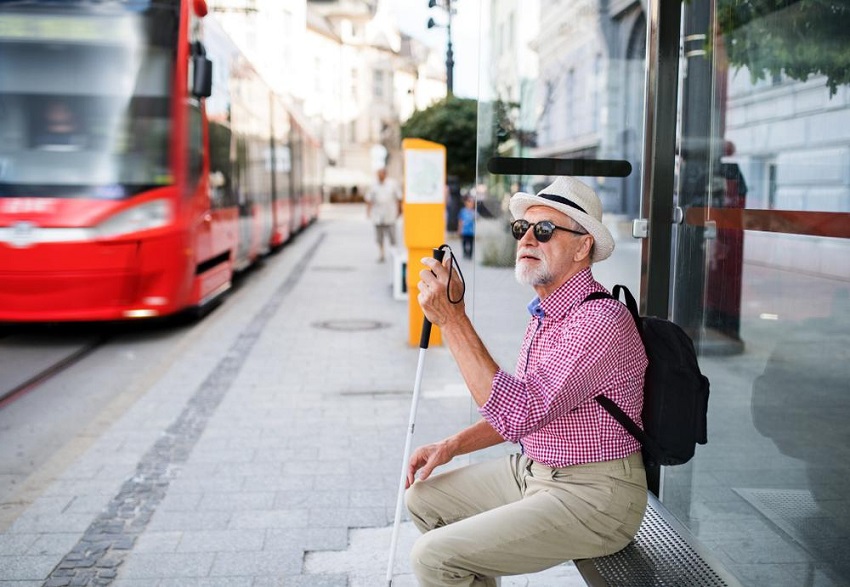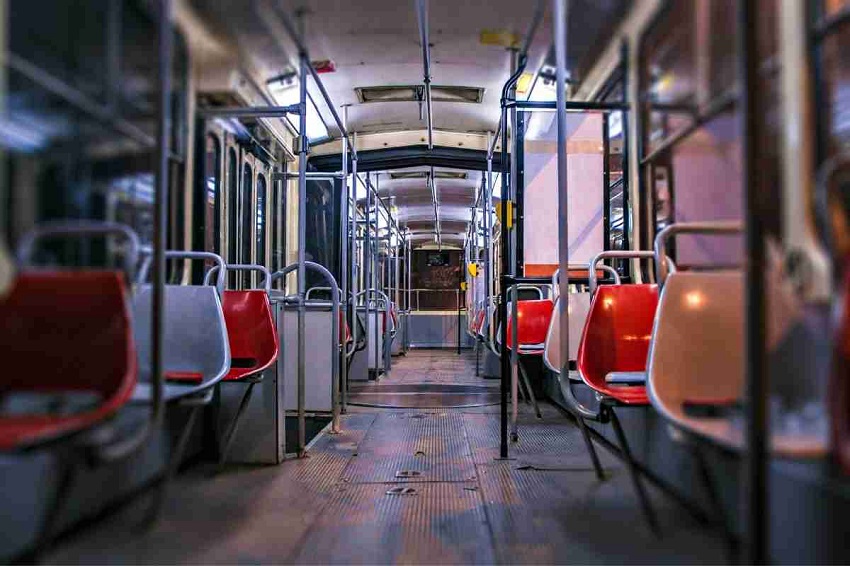Transportation problems can arise in various aspects of our daily lives, affecting individuals, businesses, and even entire communities. From congested roads to inadequate public transportation systems, these issues can lead to inefficiencies, delays, and frustrations. In this article, we will explore some common examples of transportation problems and their impact on different areas of society.
Transportation is an essential component of modern society, facilitating the movement of people and goods. However, it is not without its challenges. Let’s delve into some common examples of transportation problems that impact our daily lives.
Traffic Congestion: A Never-Ending Struggle
One of the most prevalent transportation problems is traffic congestion. Many cities worldwide face this issue, causing delays, stress, and wasted time. Rush hour traffic, inadequate road infrastructure, and a growing number of vehicles contribute to this problem. For instance, cities like Los Angeles and New York experience notorious traffic congestion during peak hours, negatively impacting productivity and quality of life.
Insufficient Public Transportation
Another transportation problem is the lack of reliable and efficient public transportation systems. Inadequate public transport options force individuals to rely on personal vehicles, exacerbating traffic congestion and environmental issues. In some regions, the absence of affordable and accessible public transportation leaves people with limited mobility options, particularly affecting low-income communities and rural areas.
Poor Infrastructure and Road Conditions
Insufficient investment in infrastructure maintenance can lead to poor road conditions. Potholes, cracks, and inadequate signage pose safety risks and can cause accidents. Moreover, outdated infrastructure may not support the increasing volume of vehicles, resulting in congestion and slower travel times. Addressing these infrastructure challenges requires consistent funding and long-term planning.
Freight Transportation Challenges
Efficient freight transportation is crucial for businesses and the economy. However, numerous challenges can disrupt the supply chain. Congested ports, limited storage facilities, and inefficient logistics systems can lead to delays and increased costs. Furthermore, poor coordination between different modes of transportation, such as rail and trucking, can hamper the smooth flow of goods across regions.
Transportation Accessibility for Persons with Disabilities
Transportation systems should cater to the needs of all individuals, including those with disabilities. However, accessibility remains a significant concern. Inaccessible public transportation, lack of ramps or elevators, and inadequate accommodation for people with mobility aids pose significant challenges. Achieving universal accessibility requires inclusive design and prioritizing the needs of all users.
Environmental Impacts of Transportation
Transportation significantly contributes to environmental pollution and climate change. Exhaust emissions from vehicles, particularly those powered by fossil fuels, release harmful pollutants and greenhouse gases. This pollution affects air quality and contributes to global warming. To address this issue, the adoption of sustainable transportation alternatives such as electric vehicles and public transit systems powered by clean energy sources is crucial.
The Role of Technology in Addressing Transportation Problems
Technology plays a pivotal role in addressing transportation problems. Intelligent transportation systems, real-time traffic monitoring, and data-driven analytics enable better traffic management. Mobile applications and navigation systems help individuals find the most efficient routes and avoid congested areas. Additionally, innovations like ride-sharing services and autonomous vehicles hold the potential to revolutionize transportation in the future.
Future Innovations in Transportation
The transportation industry is constantly evolving, with innovations shaping the future of mobility. Electric and hybrid vehicles are becoming increasingly popular, reducing reliance on fossil fuels. Hyperloop technology promises high-speed transportation, while drones offer new possibilities for cargo delivery. Moreover, research and development in areas such as self-driving cars and sustainable fuels are paving the way for a more efficient and eco-friendly transportation system.
Conclusion
Transportation problems encompass a wide range of challenges that affect individuals, businesses, and society as a whole. From traffic congestion and insufficient public transportation to environmental impacts and accessibility concerns, these issues demand attention and innovative solutions. By addressing these challenges, we can create a more sustainable, efficient, and accessible transportation system that enhances the quality of life for everyone.
FAQs
What are the economic consequences of traffic congestion?
Traffic congestion leads to increased fuel consumption, decreased productivity, and higher transportation costs, impacting businesses and the economy negatively.
How can cities improve public transportation systems?
Cities can invest in expanding public transportation networks, optimizing routes, and adopting technologies like contactless payment systems and real-time transit information.
Are there any alternative fuels for vehicles that can reduce environmental impacts?
Yes, alternative fuels such as biodiesel, hydrogen, and compressed natural gas (CNG) offer cleaner alternatives to traditional fossil fuels.
How can transportation infrastructure be made more resilient to climate change?
Infrastructure planning should consider climate change projections and incorporate measures like flood protection, heat-resistant materials, and sustainable drainage systems.
What role can individuals play in addressing transportation problems?
Individuals can contribute by adopting sustainable transportation options like walking, cycling, carpooling, or using public transportation whenever possible.





